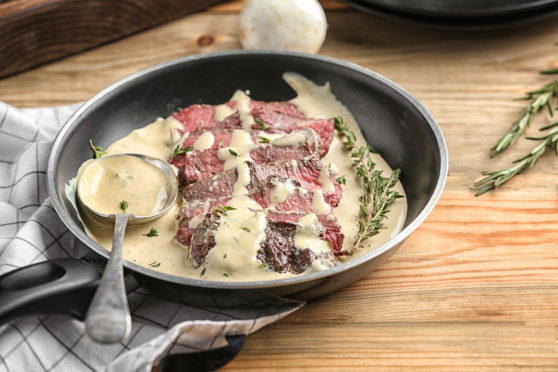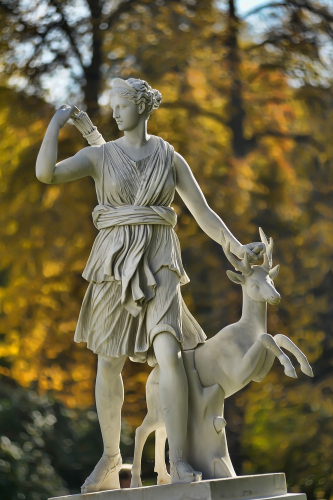Each week Julia Bryce uncovers previously popular dishes in our Throwback Thursday series and offers both a classic recipe and a modern twist.
When you think of steak, the last thing you’ll associate with it is a Roman Goddess.
However, that is exactly where the popular 1950s dish, Steak Diane, got its name from.
A pan-fried thin steak served with sauce made from the pan juices, shallots, butter and brandy, the recipe has had various updates as well as adaptations to keep it in line with the times.
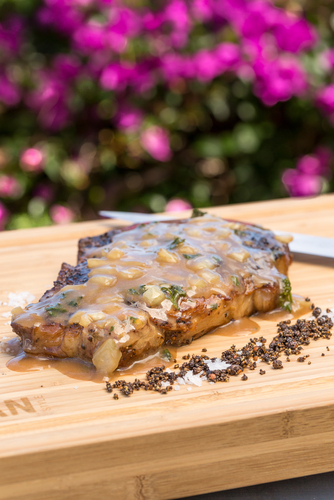
The sauce “a la Diane” originally featured cream, truffle and lots of black pepper, however nowadays it is most commonly served with shallots and brandy. By flambeing the sauce during the cooking process, caramelisation takes place and gives it its unique flavour.
Its name comes from Roman mythology, more specifically Diana who was the Goddess of hunting. In Greek mythology, she was referred as Artemis, and is associated with fertility and nature. A statue named Diana of Versailles can be found in the Louvre in Paris, France.
With no real documented origin and numerous countries claiming to have created it, the most prolific time it was recognised was in the 1940s when it was put on the menus of New York restaurants within The Drake Hotel, Sherry-Netherland and The Colony.
A common item on numerous popular eateries in The Big Apple, Steak Diane was all the rave in the 50s and early 60s. It was especially popular in venues where they could show off their flambeying skills table-side.
Steak Diane
(Serves 2)
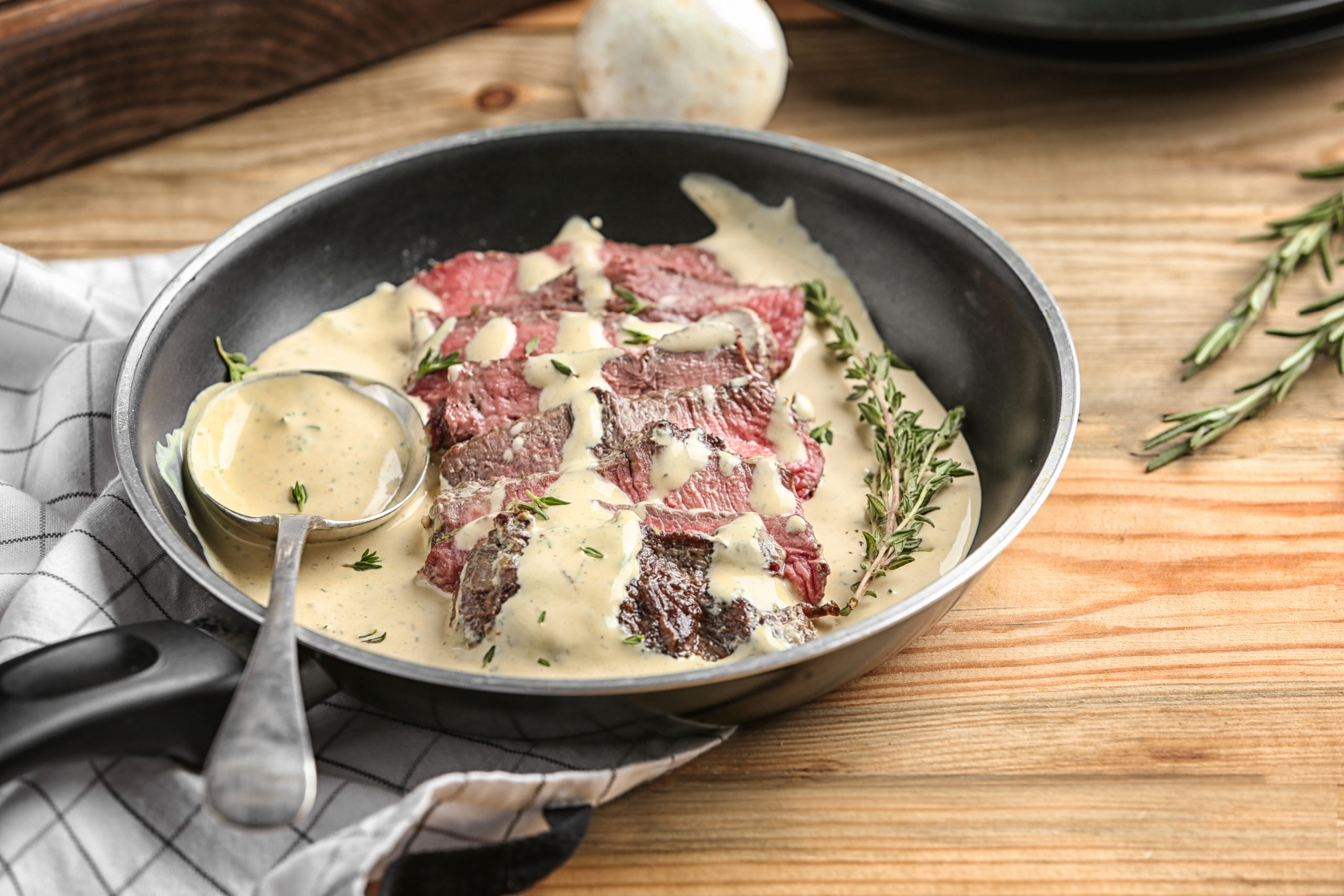
Ingredients:
-
- 2 fillet steaks
- 2 shallots, finely diced
- 40g of mushrooms, sliced
- 1 tsp Worcestershire sauce
- 1 tsp Dijon mustard
- 100ml of double cream
- 25g of butter
- 70ml of brandy
- 1 handful of fresh parsley leaves, finely chopped
- 1 tsp vegetable oil
- Sea salt and ground black pepper, to season
- 1 tbsp black peppercorns, whole
Method:
- Crush the peppercorns and mix with a sprinkle of sea salt.
- Take the steaks and place on a board. Rub the seasoning into them on both sides.
- Melt a bit butter in a non-stick frying pan over high heat. Add a little oil and place both steaks into the pan.
- For medium/rare, fry the steak on the high heat for 3-3 1/2 minutes – do this on each side.
- Remove the meat from the pan and set them aside to rest. You can cover them with foil.
- In the same frying pan, add the shallots and cook for around 3 minutes on a medium heat. Add the mushrooms and the butter and cook.
- Once the vegetables are soft, pour in some brandy.
- Carefully set the alcohol alight by tilting the pan towards the gas flame. You can also do this by using a lit match. If you don’t want to do this, you can just let the brandy simmer for around 20-30 seconds.
- When the flames have gone out, add the Worcestershire sauce and Dijon mustard and cook for a few minutes.
- Add the double cream and reduce it down until it is a bit thicker. Add the parsley.
- Season to taste and enjoy. You can serve the dish with your preferred sides.
Recipes with a twist:
Steak Ciabatta with Mushrooms and Onion
(Serves 2)
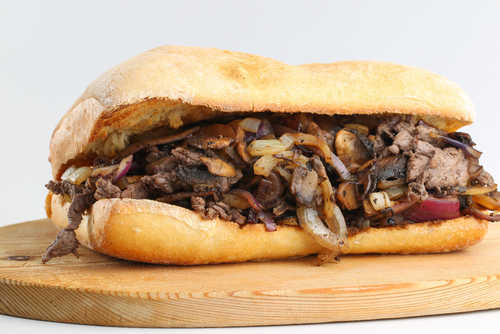
Ingredients:
- 200g flank steak
- Olive oil
- 150g mushrooms, sliced
- 1 red onion, sliced
- 1 onion, sliced
- Salt and pepper, to season
- 1 ciabatta loaf
- Butter
- English mustard, optional
Method:
- Remove the steak from the fridge to bring it to room temperature.
- Cover it in clingfilm and bash it to tenderise it. Make sure you make it roughly the same thickness. Place on a board and season with salt and pepper.
- Preheat the oven to 115°C and bake the ciabatta.
- Take your onion and mushroom and heat in a pan with olive oil until they are cooked. Place to the side.
- In the same frying pan, get the pan really hot and place your steak on it. Cook it for 3-3 1/2 minutes for medium/rare and then do the same on the other side.
- Once cooked, cover with foil and leave to rest for around 10 minutes. You can then slice it into fine strips.
- Remove the warm ciabatta and slice down the middle of it – longways.
- Take some butter and butter both slices the bread. Then add the sliced steak, the onion and the mushrooms, topping with the other slice of bread.
- Add mustard and serve with your favourite sides.
